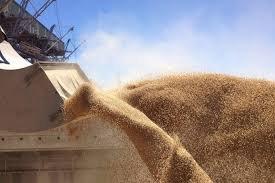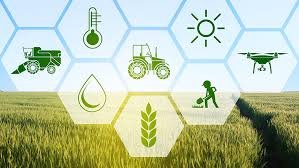Self-watering soil can transform farming: Researchers
The team found that the hydrogel soil was able to retain water better than sandy soils found in dry areas
In a recent study done by the University of Texas at Austin, a new type of soil can pull water from the air and distribute it to plants, potentially expanding the map of farmable land around the globe to previously inhospitable places and reducing water use in agriculture at a time of growing droughts.
As published in ACS Materials Letters, the team’s atmospheric water irrigation system uses super-moisture-absorbent gels to capture water from the air. When the soil is heated to a certain temperature, the gels release the water, making it available to plants.
Each gram of soil can extract approximately 3-4 grams of water. Depending on the crops, approximately 0.1 to 1 kilogram of the soil can provide enough water to irrigate about a square meter of farmland.
The team ran experiments on the roof of the Cockrell School’s Engineering Teaching Center building at UT Austin to test the soil. They found that the hydrogel soil was able to retain water better than sandy soils found in dry areas, and it needed far less water to grow plants.
During a four-week experiment, the team found that its soil retained approximately 40% of the water quantity it started with. In contrast, the sandy soil had only 20% of its water left after just one week.
In another experiment, the team planted radishes in both types of soil. The radishes in the hydrogel soil all survived a 14-day period without any irrigation beyond an initial round to make sure the plants took hold. Radishes in the sandy soil were irrigated several times during the first four days of the experiment. None of the radishes in the sandy soil survived more than two days after the initial irrigation period.
The researchers envision several other applications of the technology. It could potentially be used for cooling solar panels and data centers. It could expand access to drinking water, either through individual systems for households or larger systems for big groups such as workers or soldiers.
The team found that the hydrogel soil














